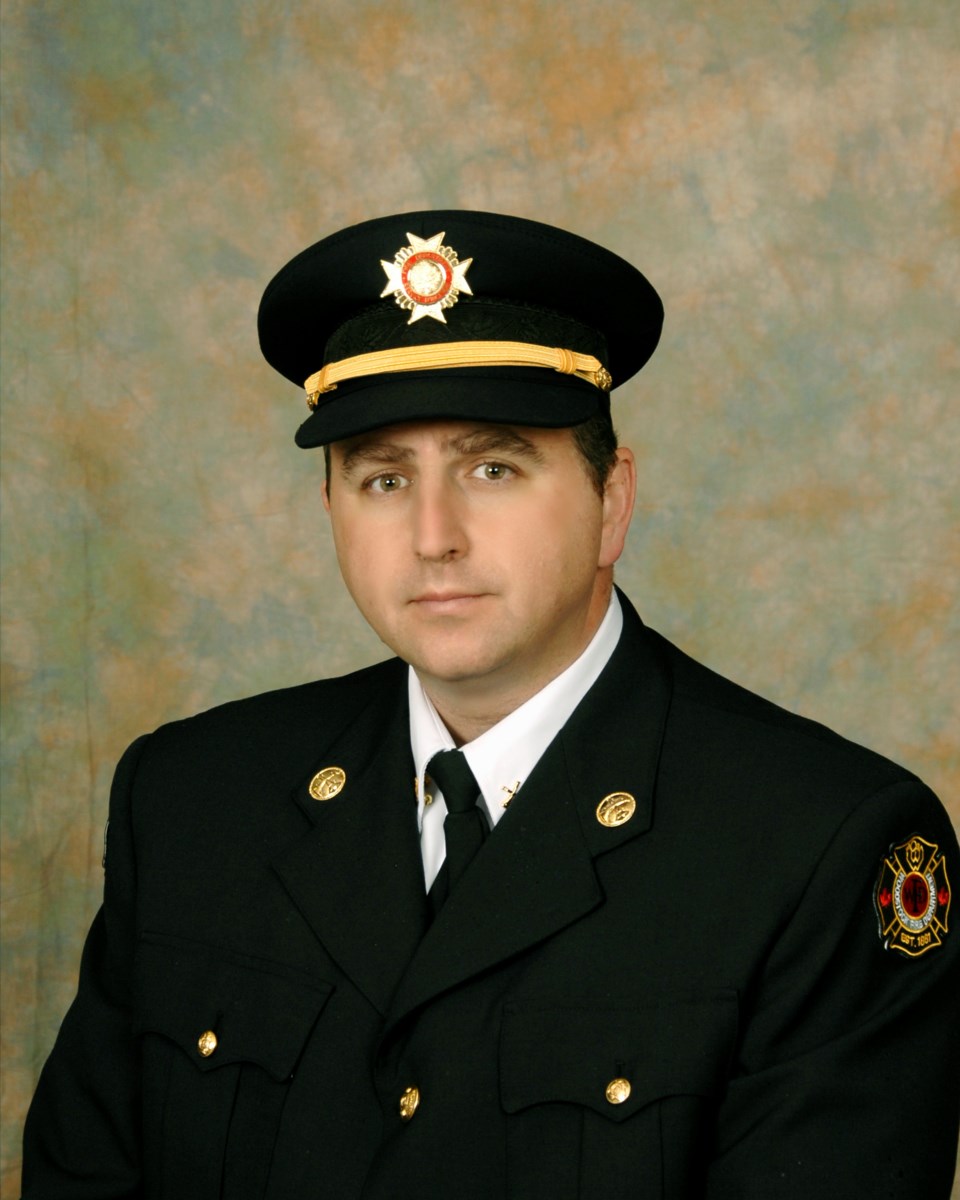North Bay Fire Chief Jason Whiteley says technology and the modernization of equipment will be major factors driving the future of firefighting in Canada.
Whiteley is a member of a panel that will discuss the issue at the OAFC 2021 Virtual Conference and Trade Show taking place this Monday. Also on the panel is Mary-Ann Kotylak, Purchasing Manager for the City of North Bay.
He believes part of the modernization will include keeping an eye on the environment.
"Brampton has bought the first electric fire truck. Here in North Bay, when we replace our fire prevention vehicles we'll go to electric hybrid vehicles to be greener and try to do our part," says Whiteley.
A few years ago, the North Bay department changed the kind of foam it was using, trying to be more environmentally sensitive.
"We changed to what we thought was one of the more environmentally friendly foams because we do have an issue with (Perfluoroalkylated substances) in this community and we didn't want to be any more of a contributor to that. So we changed that about five years ago. We look at the use of our foam and when to use it to minimize the impact a fire can have on the environment."
Other improvements are more impressive.
"Companies are experimenting with robots to do the same as humans. They're are even talking about jetpack systems and drones for highrise firefighting where they can fly the drone up and blast balls of water in to start cooling the fire. There's so much potential with the technology it's amazing to think where things can go.
"We've started using drones more for getting eyes above large fires or in hazardous materials incidents."
Whiteley gives the example of responding to hazmat incidents and having the Province come in with its drones.
"Having eyes above gives us more intelligence."
North Bay is quite fortunate says Whiteley because there are three OPP drone pilots available to him.
Last year his department had a potentially difficult ice rescue on Lake Nipissing after it was reported an ATVer may have crashed through the ice about three miles offshore.
"Before committing our firefighters to go way out to look for him we quickly deployed the drone to give us an idea where it was. As it turned out, it was a false alarm so I didn't have to deploy my crews out into risky ice conditions."
Whiteley says another pressing change is with safety and cancer prevention.
"We're looking at what type of particulate protection our gear can give, how does it prevent smoke from getting through different areas?
"We've changed the protective hoods that would protect us from heat, but it wasn't protecting us from the infiltration of smoke, and your throat is a key area for contamination. Firefighters have a much higher rate of cancer, so we've been doing a lot around our cancer prevention program."
Rescue is changing, with new and easier tools coming on the market. Pulling people from cars that have rolled into a ditch, for instance, is benefitting from new technology.
Heavy auto extrication equipment, known as the Jaws of Life, has become much more trouble-free.
"We've been purchasing cordless equipment which gives us much more flexibility. It's much easier when you have a car down a ditch on its roof, to come in with a cordless tool instead of setting up the old generator and hose tools."
The trade show portion is free for all firefighters and Whiteley is encouraging all personnel to get passes to the virtual event by talking to their fire chief. They can also go to the OAFC website
"It's an opportunity to see what's out there," says Whiteley.
